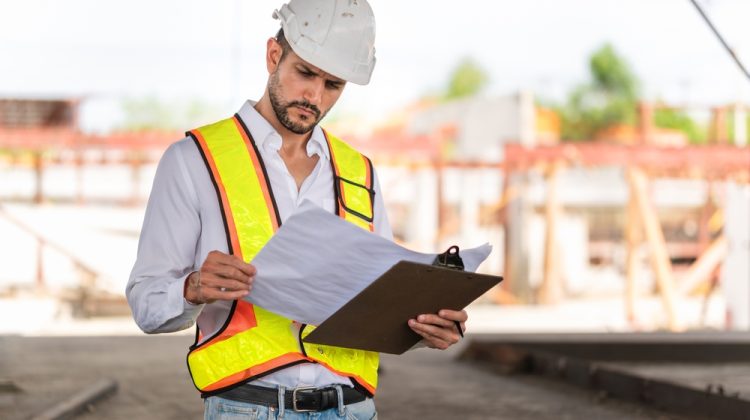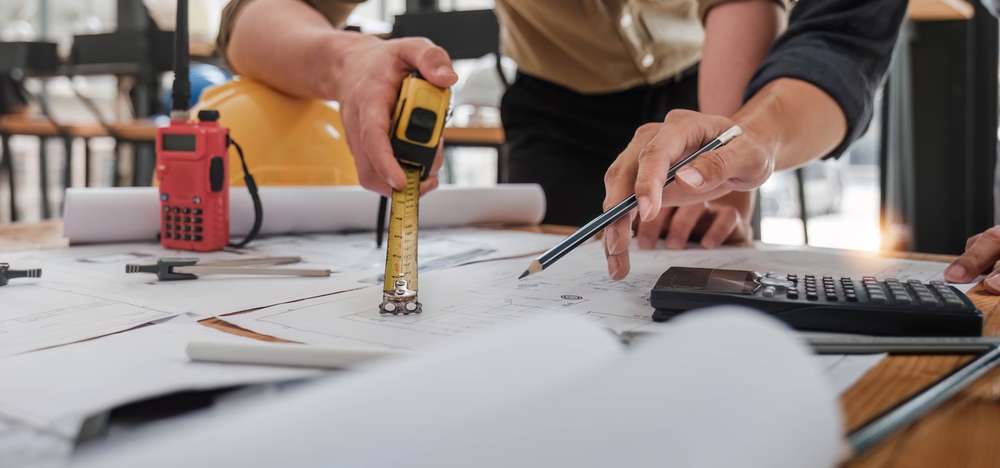
Preventive Maintenance Planning: Ensure Long-Term Building Health
Preventive Maintenance Planning: Ensure Long-Term Building Health
Preventive maintenance planning is essential for extending the lifespan of building assets, reducing operational costs, and ensuring the safety of occupants. In today’s facility management landscape, a proactive approach is more critical than ever. Rather than reacting to breakdowns or malfunctions, preventive maintenance ensures that every asset is regularly inspected, maintained, and optimized for performance.
What Is Preventive Maintenance Planning?
Preventive maintenance planning involves systematically scheduling inspections, servicing, and part replacements before equipment shows signs of failure. It’s an organized approach that enables facilities to avoid unexpected disruptions and extend the life of systems such as HVAC, electrical, plumbing, and elevators.
Why Preventive Maintenance Planning Matters
-
Cost-Efficiency
Preventive maintenance planning helps identify and fix small issues before they turn into major, expensive repairs. -
Reduced Downtime
With a proper plan in place, systems are maintained at peak performance, reducing unplanned outages. -
Improved Safety
Regular inspections and servicing lower the risk of accidents caused by malfunctioning equipment. -
Asset Longevity
Buildings and their systems function more efficiently and last longer with consistent upkeep. -
Compliance Assurance
Maintenance planning ensures your facility stays in line with regulatory and safety standards.
Key Components of an Effective Preventive Maintenance Plan
1. Asset Inventory and Assessment
Create a detailed record of all assets and systems within the building. This includes make, model, age, usage history, and current condition.
2. Risk and Criticality Analysis
Identify critical assets that affect operations most significantly and require higher maintenance priority.
3. Maintenance Scheduling
Use software tools or spreadsheets to create recurring maintenance schedules. This might include daily, weekly, monthly, or annual tasks depending on the asset.
4. Standard Operating Procedures (SOPs)
Documenting SOPs ensures consistency in how preventive maintenance tasks are carried out by FM teams.
5. FM Team Onboarding and Training
Proper onboarding ensures your facility management (FM) team understands the preventive maintenance planning system and protocols.
You can read more about FM team onboarding on our site.
Benefits of Digital Tools in Maintenance Planning
Modern preventive maintenance planning relies heavily on digital tools like CMMS (Computerized Maintenance Management Systems) or BIM-integrated platforms. These tools help in:
-
Automating reminders for maintenance tasks
-
Logging service history for all assets
-
Generating performance reports
-
Optimizing resource allocation
Several Indian platforms such as InnoMaint provide CMMS solutions tailored to Indian building standards and regulatory frameworks.

Integrating Preventive Maintenance into Facility Management
For a successful integration of preventive maintenance planning into daily facility management operations, collaboration is key. Post-handover, your facility manager should:
-
Review builder documentation and as-built drawings
-
Align scheduled maintenance with warranty terms
-
Conduct building systems orientation for in-house staff
-
Track warranty periods and develop an annual maintenance contract (AMC) timeline
Proactive planning ensures seamless coordination between maintenance teams, clients, and building occupants, minimizing service disruptions.
How Preventive Maintenance Planning Supports Sustainability
Energy efficiency and sustainability are core outcomes of good preventive maintenance. Well-maintained HVAC systems, lighting, and plumbing reduce energy and water waste. A facility that operates optimally also aligns with green building certifications like LEED or IGBC.
Start Your Preventive Maintenance Journey
If you’re responsible for building operations, don’t wait for problems to arise. Implementing a preventive maintenance planning strategy ensures:
-
Minimal unexpected failures
-
Lower long-term operating costs
-
Improved occupant satisfaction
-
Enhanced building reputation
Whether your building is newly handed over or a few years into operation, it’s never too late to begin planning for proactive care. From annual maintenance contract support to warranty tracking and occupant readiness services, a preventive approach ties all aspects of facility management together.
Need help with preventive maintenance?
Contact AMS India today to discuss tailored solutions for your facility’s lifecycle management.
Read more related articles to enhance your knowledge and make informed decisions
Project Cost Management: Control Costs and Maximize Value
Project Budgeting Strategies for Efficient Financial Control







